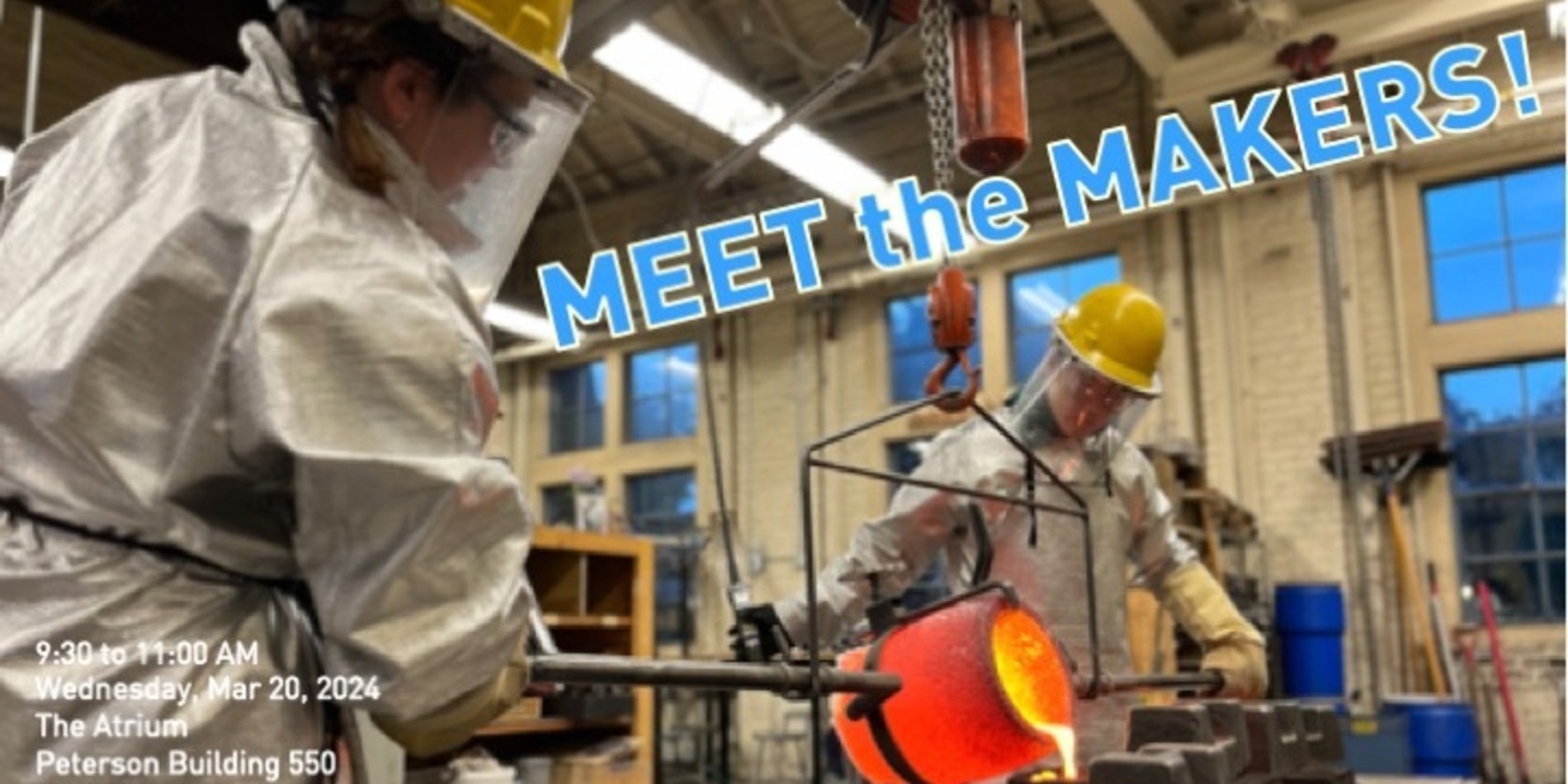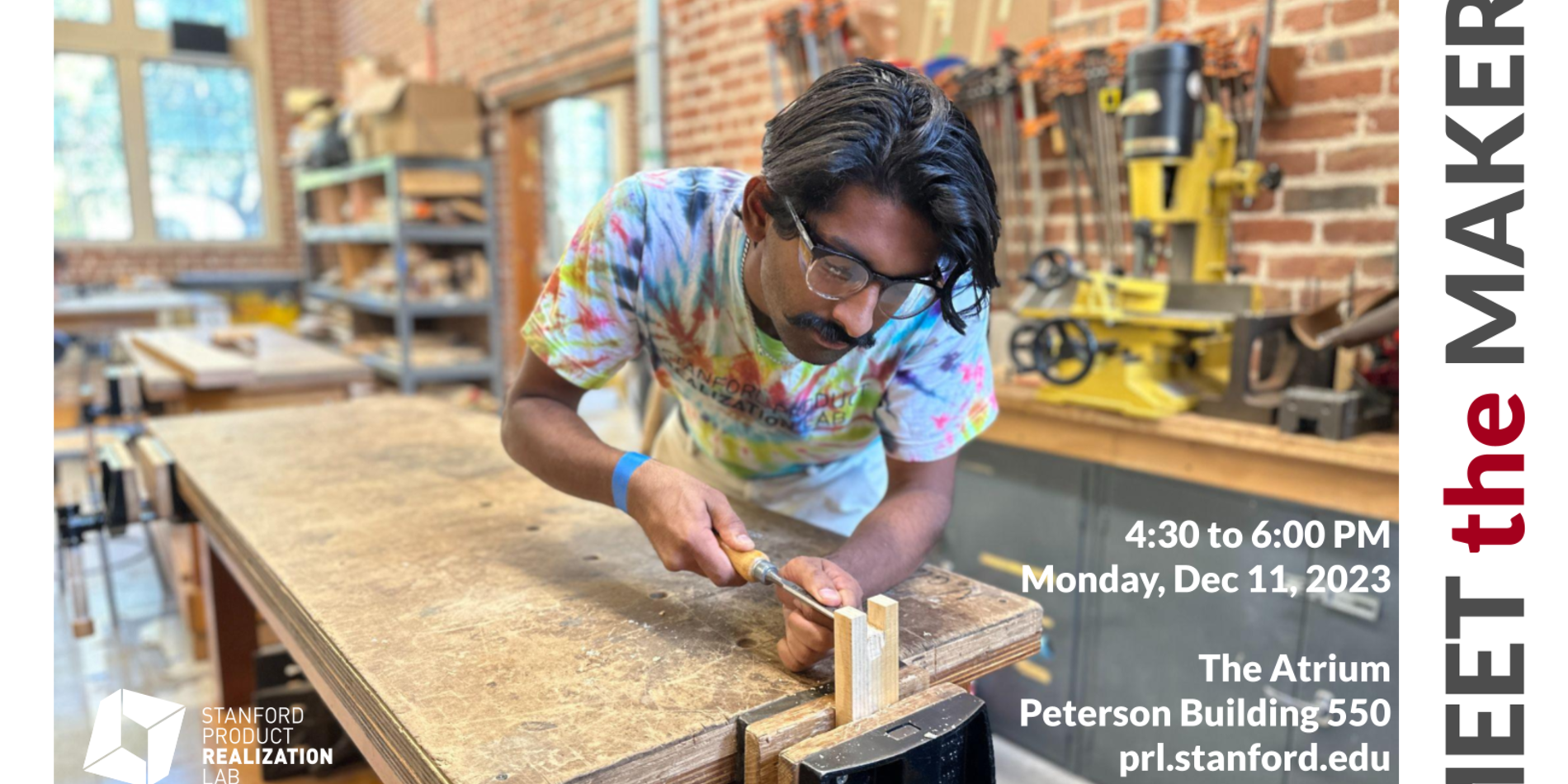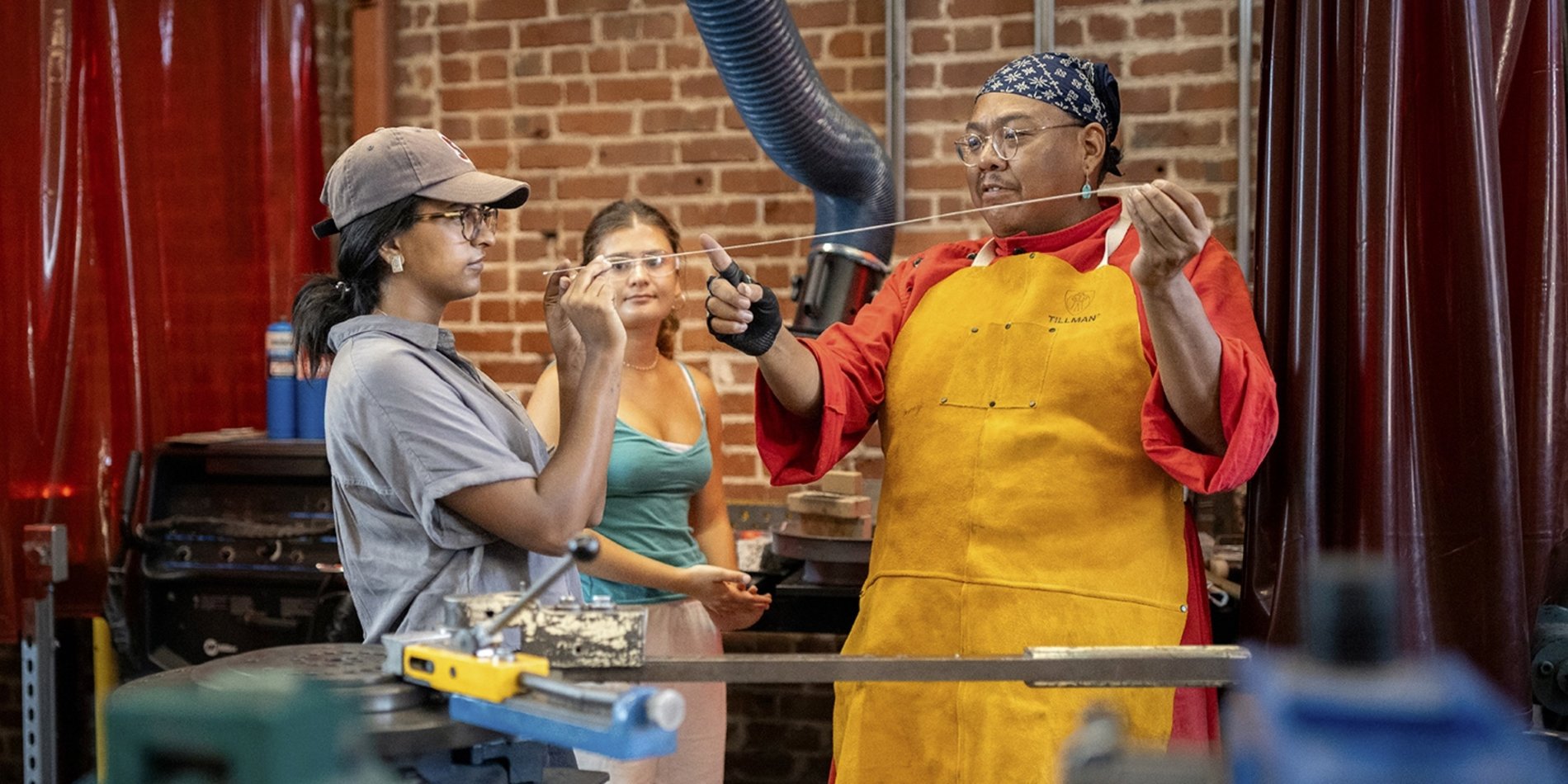Dahlias in Dubai

Edmark agreed to create two kinetic sculptural installations for the restaurant/bar Resonance, located at Atlantis Royal Hotel in Dubai. The venue is the newest venture by Heston Blumenthal, celebrity chef and proprietor of the Michelin three-star restaurant The Fat Duck in London, which was named the world’s best restaurant in 2005.
Blumenthal (“blooming flower” in German) is known for his scientific approach to cooking and his commitment to “perfection.” His award-winning cooking show was titled “In Search of Perfection.” Blumenthal’s fascination with the precision of numbers and how it manifests so beautifully in nature led him to Edmark.
Blumenthal commissioned the bespoke pieces specifically for this location. Dubai could not be a more perfect backdrop. This "city of the future," with its austere desert landscape and record-shattering building design, is no place for a Rembrandt. Edmark, whose sweet spots are nature-centered design, geometry, and the structure of space, is the perfect artist for this commission.
Edmark made two kinetic sculptures, Dahlia 135 and Dahlia 124, each consisting of over 100 painted aluminum “petals,” and over 1000 custom parts. Each petal is precisely the same shape, but has a unique size, angle, and distance from the center of the sculpture. The larger of the sculptures is 12 feet in diameter, the smaller is 10 feet. The Dahlias are “enlivened” by 12,000 light-emitting diodes that create the illusion that the petals are opening. The artwork cost more than half a million dollars to create and install.
Edmark’s exquisite and engaging artworks rest gently on the elegance of mathematics. Specifically, on the Fibonacci series of numbers, where, beginning with 0 and 1, each number is the sum of the two previous numbers (0, 1, 1, 2, 3, 5, 8, 13, 21, and so on).
The ratio between successive Fibonacci numbers gets progressively closer to the “golden ratio,” the spiral growth pattern seen everywhere in nature: sunflowers, artichokes, palm trees, and dahlias! Edmark weaves nature and numbers together in ways that evoke wonder and delight. Every detail is perfectly conceived. Even the duration is the light show—89 minutes—is a Fibonacci number.
Edmark came to Stanford as a student in the Graduate Design Program in 2000, and he’s never left. He taught the only animation class ever offered at Stanford, as well as the iconic ART 60: Fundamental Visual Language course in the Art Department. He’s been teaching foundational courses at the PRL since 2010. The Chair class, in which students make a beautiful and functional piece of furniture, showcases Edmark the master teacher; patient and exacting, encouraging and demanding.
Edmark's reputation has extended well beyond the boundaries of The Farm. He’s been featured on NPR’s Science Friday and The New York Times. Videos of his artwork have been viewed more than 60 million times. Miniatures of his kinetic sculptures are sold in museums. He's held residencies at Brown University, Autodesk, and The Exploratorium. His work has been widely exhibited at venues including The Franklin Institute, The San Jose Museum of Art, and Cantor Arts Center, and are held in both public and private collections.
When asked what motivates his remarkable work, Edmark responded, “What I’m trying to do is create magic.” He’s succeeded.



